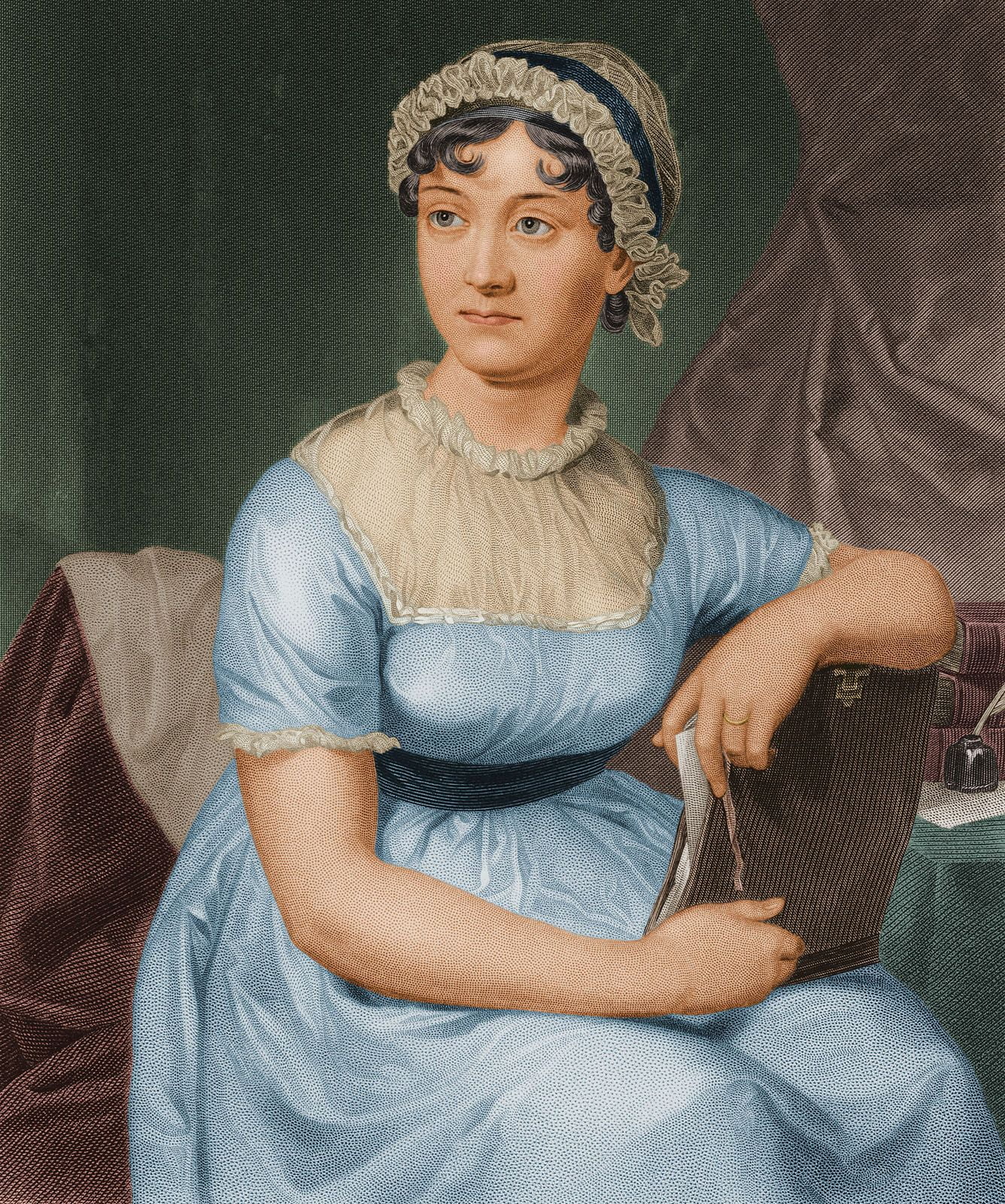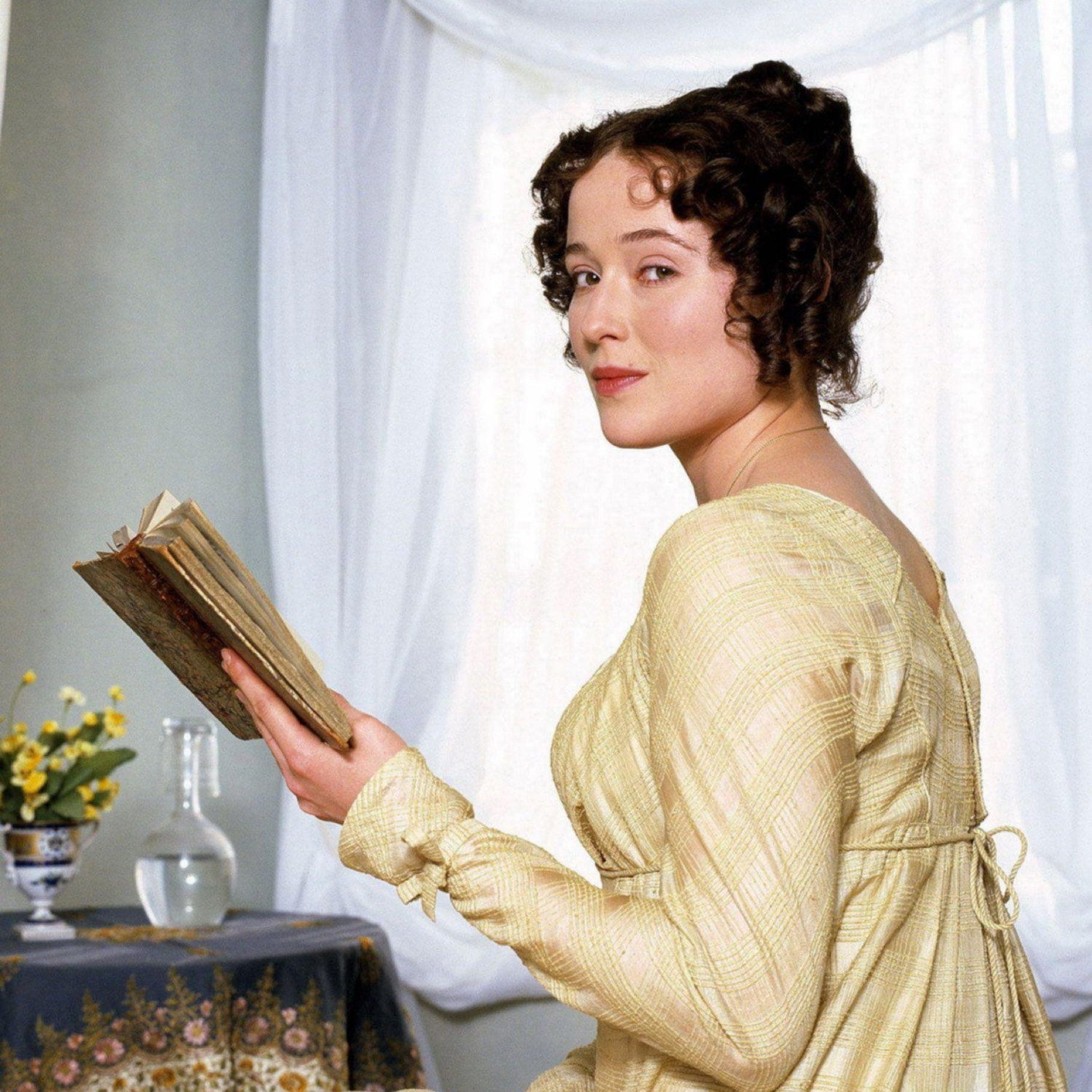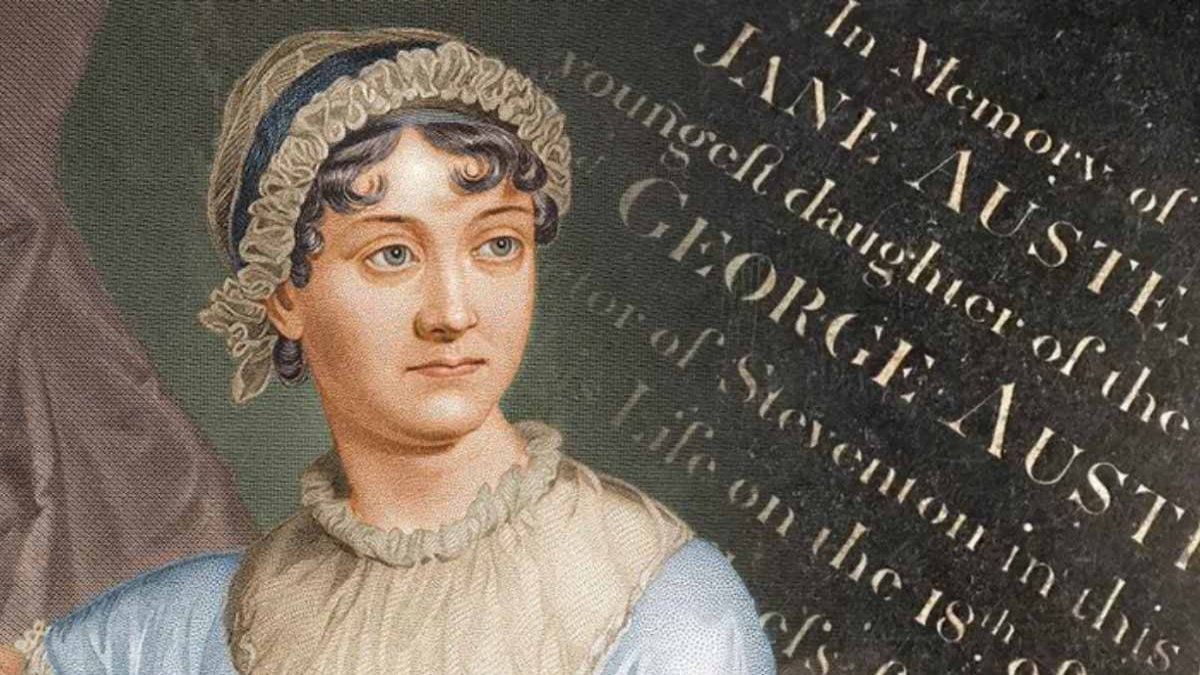To write as a woman in Regency England was a transgressive act in and of itself, for the social circumstances of that period did not allow for women to have, in Virginia Woolf’s words, ‘a room and money of their own‘. If one were to analyse Jane Austen as a part of the feminist tradition, Austen is both a part of the ‘collective classification of female writers’, as well as representative of ‘the coherent body of opinions’ on the social conditions of women. Lloyd W. Brown (1973) points out that feminist parallels can be drawn between Austen’s works and the eighteenth century feminism of Mary Wollstonecraft, if not with the feminist liberationist revolts of the twentieth century and beyond. Carrying forward Brown’s argument, it is important to note that while Austen’s novels centred on love and marriage, they ‘questioned certain masculine assumptions in society‘.

Austen’s scepticism and critical lens of the institution of marriage as an economic transaction is a rebellion in the eighteenth-century context where women married for economic security and social dignity more than for love – marriage was the means for women to secure upward socio-economic mobility. Jane Austen shifts the narrative to ‘marrying for love’ for protagonists such as Anne Elliot in Persuasion and Elizabeth Bennet in Pride and Prejudice. Austen reminds the reader of the Regency England socio-economic context by the narrative of the initial rejection of Captain Wentworth by Anne Elliot on the advice of Lady Russell, as Wentworth’s ‘financial resourcelessness and undistinguished family connections’ were considered by Lady Russell as an impediment to a successful marriage prospect.
In Pride and Prejudice, the marriage of Charlotte Lucas and Mr. Collins is one that is predicated on socio-economic security for Charlotte, rather than on the possible marital felicity based on love. As Joel Weinsheimer (1972) remarks, ‘Charlotte demonstrates her intelligence, as does Elizabeth, by acknowledging that marriage does not always bring happiness.’
Austen’s successful mimicry of resolve in courtship allows succeeding authors to explore more drastic reformations of marriage and female identity
Heidi Giles
However, what is common in both Elizabeth Bennet and Charlotte Lucas’ decisions of marriage is that they both exercise their agency of choice based on their own independent perspective of marriage, even if they are contrary to each other, with one being based on a purely pragmatic approach, while the other being a romantic approach. Heidi Giles (2012), for instance, comments that, ‘In Austen’s novels, instead of submitting to authority and convention, a young woman takes charge of her own marriage‘. Further, Giles (2012) points out that ‘Austen’s successful mimicry of resolve in courtship allows succeeding authors to explore more drastic reformations of marriage and female identity.‘

The ‘love over money‘ trajectory also takes place through a ‘bifurcated narrative structure‘ where as Elsie B. Michie (2009) points out ‘the hero (is) positioned between a wealthy, materialistic, status-conscious woman who would enhance his social prestige and a poorer, more altruistic, and psychologically independent woman, who is the antipode of her rich rival.‘ This argument is evident in ‘Jane Austen’s Pride and Prejudice, where society supposes Fitzwilliam Darcy will marry either the commercially wealthy Miss Bingley or the daughter of the landed Lady Catherine de Bourgh, but he chooses instead the genteelly impoverished Elizabeth Bennet…‘
Jane Austen also keeps the feminine consciousness at the centre of her novels, where the female protagonists, be it Elizabeth Bennet or Anne Elliot hold the narrative together and get the most significant amount of rebellious voice in challenging social conventions and giving preponderance to love over financial convenience. This authorial agency of the female protagonists is also reflected in the cinematic adaptation of the novels Pride and Prejudice and Persuasion, where, for instance the 2022 adaptation of Persuasion starring Dakota Johnson shows Anne Elliot’s perspective as the lens through which the entire storytelling and commentary of the narrative takes place. Similarly, regarding the 2005 film starring Kiera Knightley, Deborah Cartmell (2010) says that this film begins with Elizabeth, following her point of view up the garden path, gradually introducing us to her life. She is distinguished from the rest of her family, as she is seen from the outside looking in, an observer, reader and perhaps even controller of her life.
If Jane Austen suffered in any way from her circumstances it was in the narrowness of life that was imposed upon her. It was impossible for a woman to go about alone. She never travelled : she never drove through London in an omnibus or had luncheon in a shop by herself.
Virginia Woolf
While Jane Austen’s canvass seems to be limited due to its narrative being delineated by the boundaries of social norms, where the setting of the novels are primarily domestic in nature, her critical focus on love and marriage is an act of feminist rebellion, when situated in the context of 18th century England. As Virginia Woolf points out, ‘If Jane Austen suffered in any way from her circumstances it was in the narrowness of life that was imposed upon her. It was impossible for a woman to go about alone. She never travelled : she never drove through London in an omnibus or had luncheon in a shop by herself. But perhaps, it was the nature of Jane Austen not to want what she had not. Her gift and her circumstances matched her completely.’

While Woolf’s perspective on Austen’s possible contentment with what she already had in life might be debatable, it is imperative to look at Austen as a writer who walked the delicate line between social conformity and social satire, instead of compartmentalising her into a binary debate which either perceives her to be a conservative or a progressive. Perhaps, she was a combination of both social conformity and social rebellion, like we all are.




